Investing in Emerging Markets Still Holds Promise
Emerging markets have been hit hard in recent years, but investors should consider their long runway for potential growth.
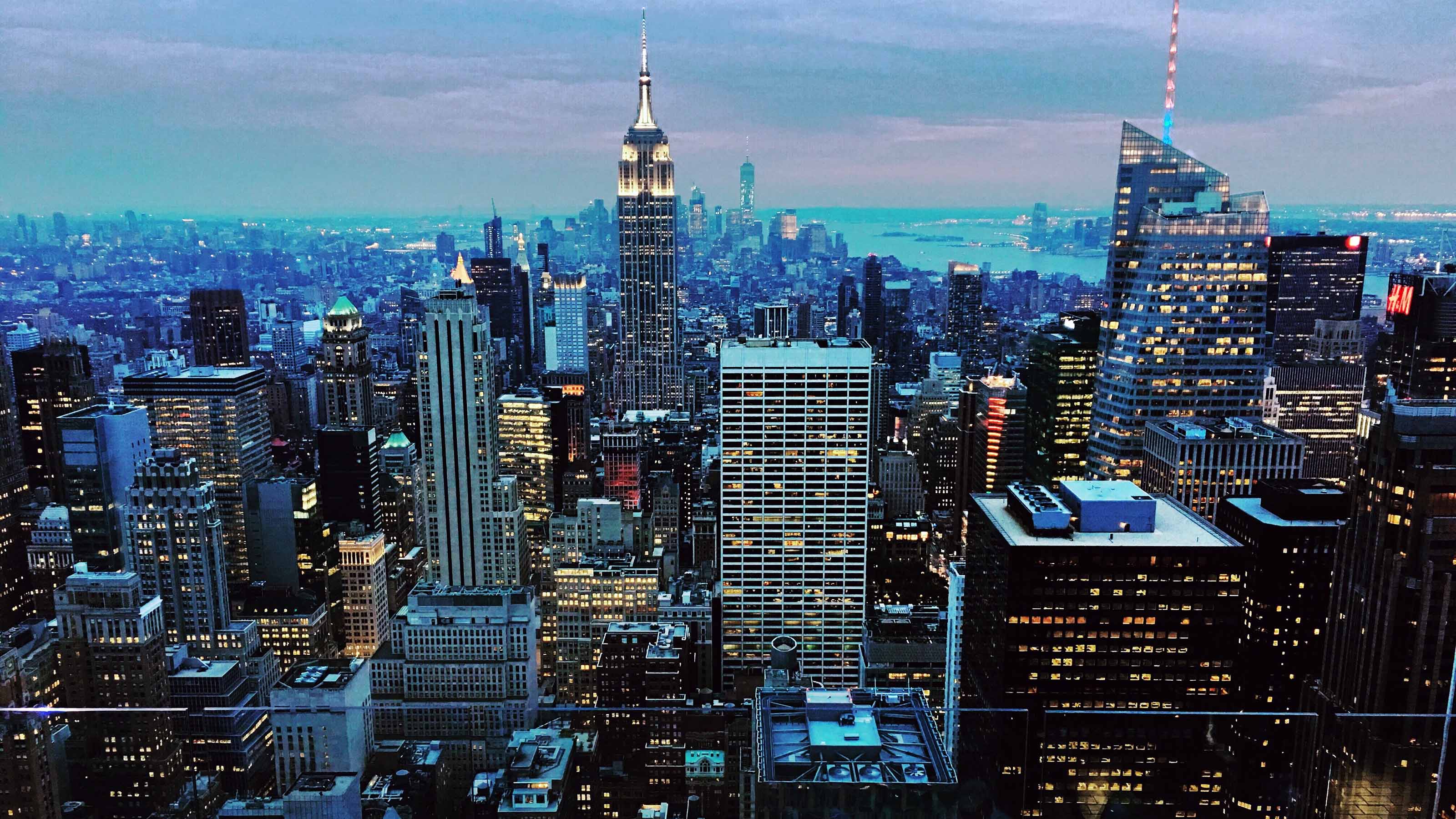

Most investors today worry about inflation and the response to it from the Federal Reserve, but it's time for a longer view. If you're buying stocks for gains over the next 10 years or more, you need to imagine the contours of the future.
A July report from the United Nations gives a hint. Researchers estimate that practically all population gains through 2050 will occur in emerging markets – especially India, which will become number one next year, surpassing China. Nigeria will be third, tied with the United States. Other nations whose population will grow at a good clip are Indonesia, Brazil, Pakistan and Bangladesh.
Of course, population isn't everything. But developed nations have powerful assets in their invested capital, infrastructure and education systems. All I'm saying is that it's foolish to ignore developing economies, especially now.
From just $107.88 $24.99 for Kiplinger Personal Finance
Become a smarter, better informed investor. Subscribe from just $107.88 $24.99, plus get up to 4 Special Issues

Sign up for Kiplinger’s Free Newsletters
Profit and prosper with the best of expert advice on investing, taxes, retirement, personal finance and more - straight to your e-mail.
Profit and prosper with the best of expert advice - straight to your e-mail.
In 1988, the research firm MSCI launched its Emerging Markets Index (EMI), with stocks from 10 countries that represented just 0.9% of MSCI's All Country World Index (ACWI). Reflecting the rising importance of developing nations in the global economy and financial markets, the EMI today includes stocks from 24 countries accounting for 12% of the ACWI. Since the end of 2000 through Aug. 31, the EMI has outperformed the ACWI by two percentage points annually, on average – a significant difference.
Lately, it has been a different story. The EMI returned an annual average of just 0.6% for the past five years through August; the ACWI returned 7%, and MSCI's USA Index returned 11.8%. IShares MSCI Emerging Markets, an exchange-traded fund (ETF), has declined in five of the past 10 years and is down nearly 20% so far this year. Many emerging markets are suffering higher inflation than the U.S. and Europe. Nigeria recently hit a 17-year high of 19.6%; in Turkey, consumer prices have doubled in three years.
Judging from these figures, you might conclude that emerging markets are dead in the water. But consider valuation: The average price-earnings ratio of the EMI is just 11, compared with 15 for the ACWI and 17 for MSCI's USA index.
And the economies of developing countries are growing much faster than those of the U.S. and Europe. According to The Economist, India's gross domestic product will grow 6.9% this year; the Philippines, 6.7%; Argentina, 4.3%; Egypt, 5.7%. By contrast, the estimated growth rate for the U.S. is 1.7%; Europe, 2.8%.
Stay Away From China
China is by far the largest emerging market, representing about one-third of the EMI. But its economy is suffering self-harm: an inexplicably severe response to the COVID pandemic and a crackdown on technology companies, which are seen as a threat to the notion of "common prosperity."
Also, the U.S. is intent on eliminating China from supply chains. For these reasons, I am recommending that investors go light on Chinese shares or buy emerging markets funds such as iShares MSCI Emerging Markets ex China (EMXC), an ETF that owns no Chinese stocks at all. (Returns and other data are through Sept. 9 unless otherwise noted; stocks and funds I like are in bold.)
Another attractive fund is Invesco S&P Emerging Markets Low Volatility (EELV), an ETF that is linked to an index consisting of the 200 least volatile mid- and large-company stocks in S&P's emerging-markets index. The fund, with a dividend yield of 4.7% and expenses of just 0.29%, has ranked in the top 16% of its category over five years. It is broadly diversified. China represents just 6% of the portfolio, a smaller proportion than such countries as Thailand, Malaysia and Saudi Arabia.
Top Emerging Markets Stocks and Mutual Funds to Consider
Or you can stay away from index funds entirely and buy individual stocks or actively managed portfolios such as Wasatch Emerging Markets (WAESX), which has only 7% of its assets in China and fully 29% in India. The fund has handily outperformed the EMI, returning 7.3% over the past five years.
Its fifth-largest holding is Globant (GLOB), a diversified global tech company that bases its operations in Argentina (although it's technically headquartered in Luxembourg). It has a dazzling international client list and shares that have quintupled since 2017 despite a big drop in the past year. A drawback of managed emerging-markets funds is high expense ratios – in this case, 1.37%.
Another favorite is Matthews Emerging Markets Equity (MIEFX), managed by a firm that has deep Asia expertise. The fund has 12% of total assets in Chinese stocks and charges 1.13% in expenses. Among its top holdings is HDFC (HDB), an Indian bank with a market capitalization (shares outstanding times price) of more than $100 billion.
Banking on India
India is the biggest and the best of the emerging markets, and banks with broad retail and commercial diversification provide an easy way to invest in the entire domestic economy. Besides HDFC, also consider ICICI (IBN), an Indian bank stock with a $79 billion market cap. HDFC's shares are up by about a third over the past five years; ICICI's have more than doubled.
I'm also a fan of Dr. Reddy's Labs (RDY), which has returned 10.2% annualized over the past five years. Dr Reddy's manufactures pharmaceuticals – mainly generics – and sells them in India, other emerging markets, and the U.S. and Europe. Except for the early COVID period, sales and profits have risen consistently.
Brazil is the largest South American market, and although it suffers from political volatility, it has strong companies worth considering. I prefer firms that target the domestic market, including banks Bradesco (BBD) and Itau Unibanco (ITUB); BrasilAgro (LND), whose businesses are rural real estate and farming; and Companhia Brasileira de Distribuição (CBD), a retailer that sells food, clothing, electronics and gasoline.
Among the top holdings of that Invesco Low-Volatility fund, DLocal (DLO) is an international payments platform based in Uruguay with a market cap of $7.4 billion. Grupo Aeroportuario del Pacifico (PAC), a similarly sized company that operates five airports, mostly on the West Coast of Mexico, yields 5.1%.
These are sizable, tested companies. They trade on U.S. exchanges, so they have decent, if not robust, liquidity and have to meet our standards. Still, emerging markets are volatile, and the risks, as we have seen with China, are often political as well as economic. The current slump may last for years, so you need a long perspective. But putting up to 10% of your assets in a mix of developing-country stocks and funds today could give your portfolio a boost in the decade ahead.
James K. Glassman chairs Glassman Advisory, a public-affairs consulting firm. He does not write about his clients. His most recent book is Safety Net: The Strategy for De-Risking Your Investments in a Time of Turbulence. You can reach him at James_Glassman@kiplinger.com.
Profit and prosper with the best of Kiplinger's advice on investing, taxes, retirement, personal finance and much more. Delivered daily. Enter your email in the box and click Sign Me Up.

-
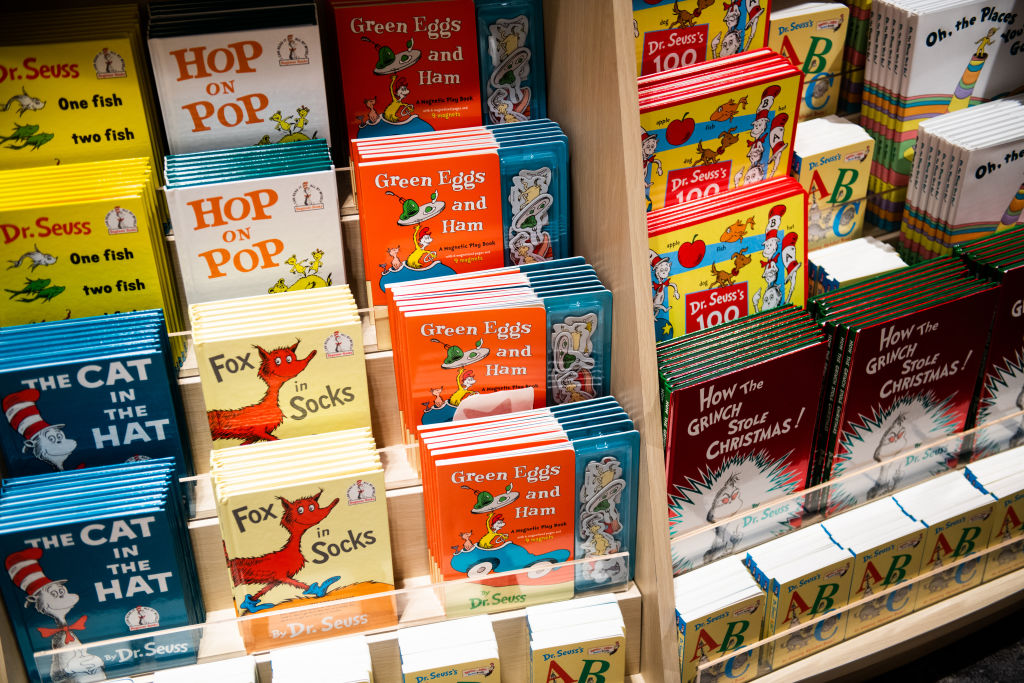 7 Dr. Seuss Quotes Retirees Should Live By
7 Dr. Seuss Quotes Retirees Should Live ByYou're off to great places! Why Dr. Seuss is the retirement guru you didn't know you needed.
-
 Fed's Rate Cuts Could Have Impacts You Might Not Anticipate
Fed's Rate Cuts Could Have Impacts You Might Not AnticipateUnderstanding how lower interest rates could impact your wallet can help you determine the right financial moves to make.
-
 Past Performance Is Not Indicative of Your Adviser's Expertise
Past Performance Is Not Indicative of Your Adviser's ExpertiseMany people find a financial adviser by searching online or asking for referrals from friends or family. This can actually end up costing you big-time.
-
 December Fed Meeting: Updates and Commentary
December Fed Meeting: Updates and CommentaryThe December Fed meeting is one of the last key economic events of 2025, with Wall Street closely watching what Chair Powell & Co. will do about interest rates.
-
 The Delayed September Jobs Report Is Out. Here's What It Means for the Fed
The Delayed September Jobs Report Is Out. Here's What It Means for the FedThe September jobs report came in much higher than expected, lowering expectations for a December rate cut.
-
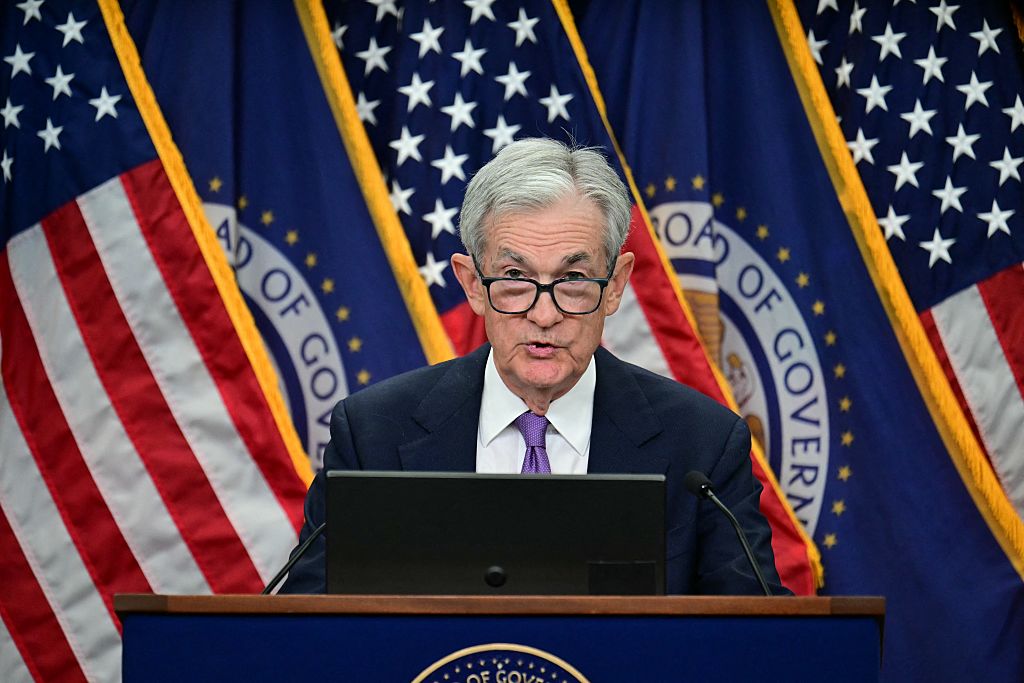 October Fed Meeting: Updates and Commentary
October Fed Meeting: Updates and CommentaryThe October Fed meeting is a key economic event, with Wall Street turned into what Fed Chair Powell & Co. did about interest rates.
-
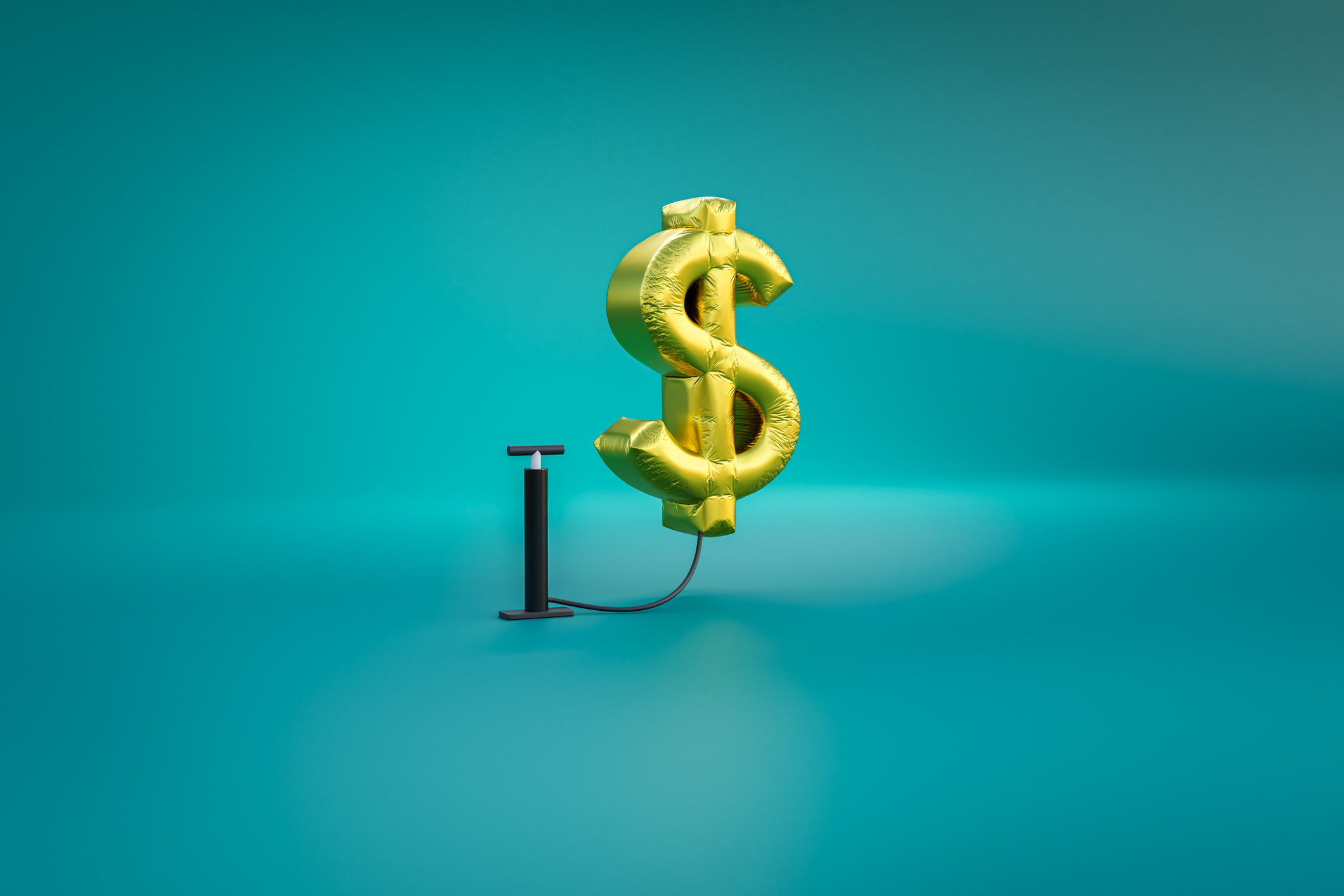 The Delayed September CPI Report is Out. Here's What it Signals for the Fed.
The Delayed September CPI Report is Out. Here's What it Signals for the Fed.The September CPI report showed that inflation remains tame – and all but confirms another rate cut from the Fed.
-
 Banks Are Sounding the Alarm About Stablecoins
Banks Are Sounding the Alarm About StablecoinsThe Kiplinger Letter The banking industry says stablecoins could have a negative impact on lending.
-
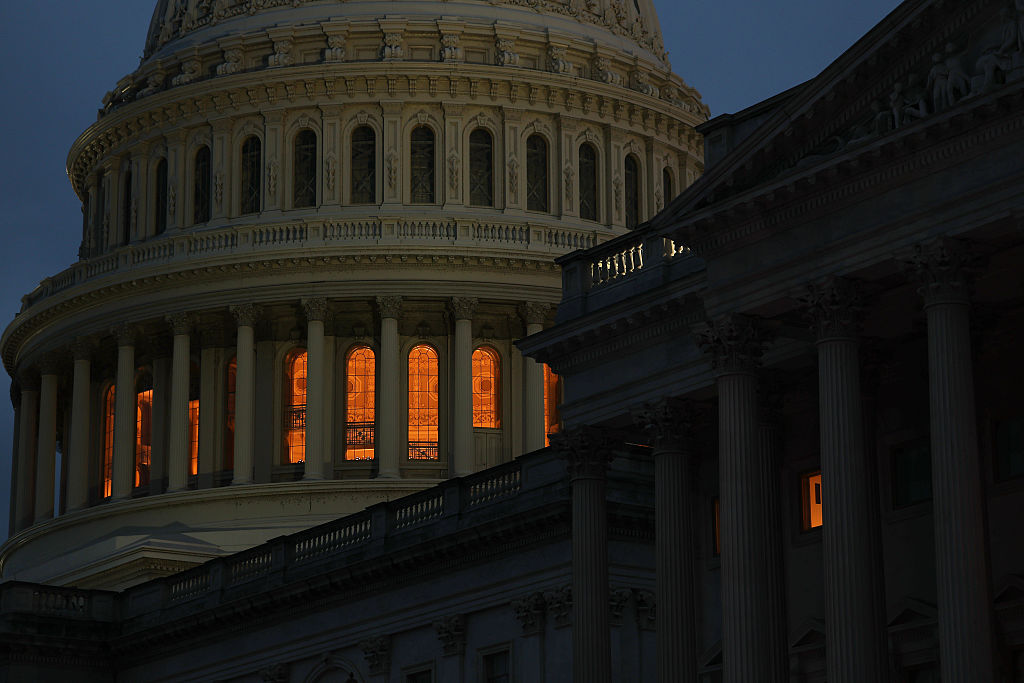 Government Shutdown to Delay Data, Including Key Jobs Report
Government Shutdown to Delay Data, Including Key Jobs ReportWhile government shutdowns typically don't impact stock returns, they can delay the release of key economic data – including the monthly jobs report.
-
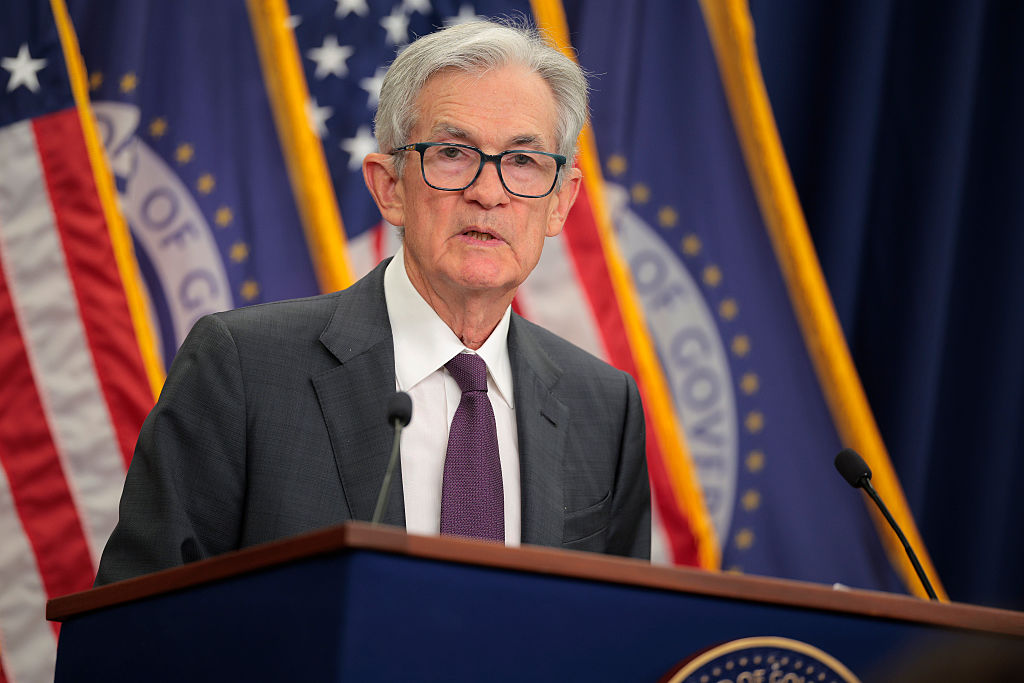 September Fed Meeting: Updates and Commentary
September Fed Meeting: Updates and CommentaryThe September Fed meeting is a key economic event, with Wall Street keyed into what Fed Chair Powell & Co. will do about interest rates.
-
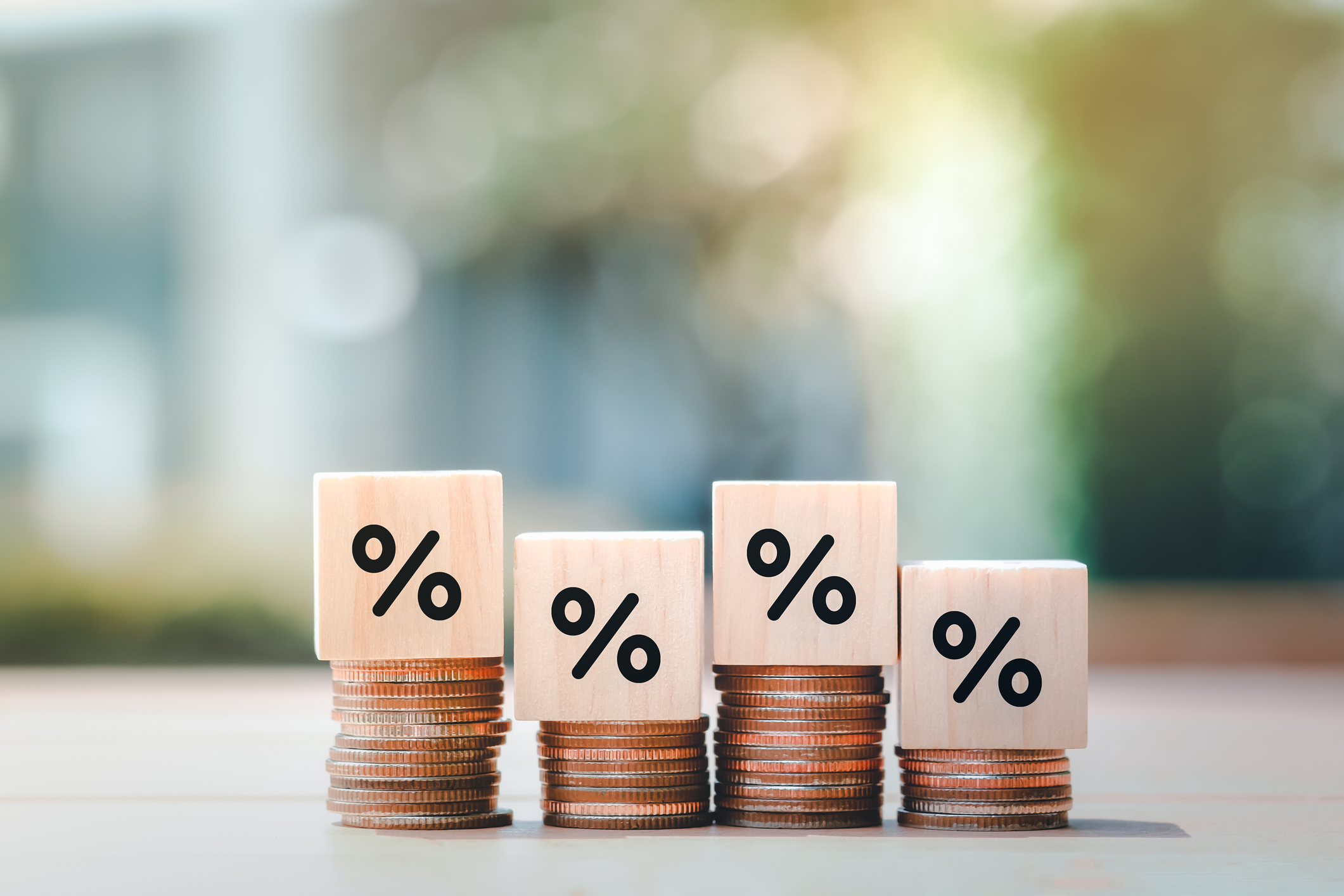 Hot August CPI Report Doesn't Shift the Rate-Cut Needle: What the Experts Say
Hot August CPI Report Doesn't Shift the Rate-Cut Needle: What the Experts SayThe August CPI came in higher than forecast on a monthly basis, but Wall Street still expects a rate cut at next week's Fed meeting.